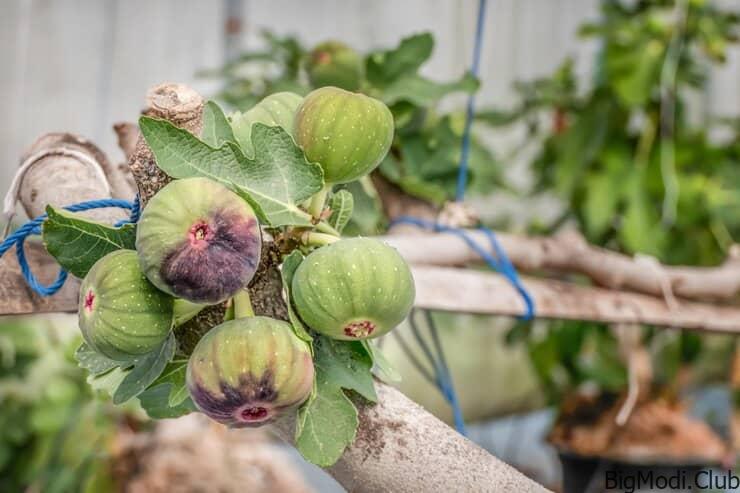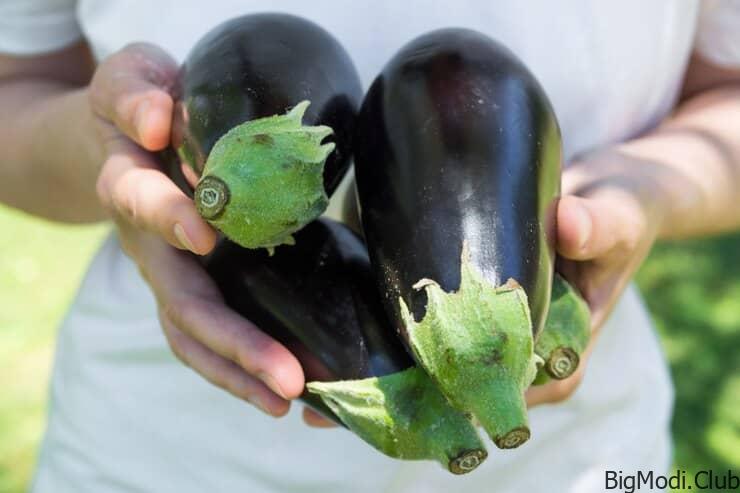Bean sprouts are a delightful and nutritious addition to many dishes, offering a fresh, crunchy texture and a host of health benefits. Growing and harvesting your own bean sprouts can be a quick and satisfying process if you know the right tricks. In this comprehensive guide, we will delve into the essential steps to harvest bean sprouts quickly, ensuring you enjoy the freshest sprouts possible.
Understanding Bean Sprouts
Bean sprouts are the young shoots of beans, most commonly mung beans and soybeans. They are celebrated for their high nutritional value, including a wealth of vitamins, minerals, and antioxidants. Growing your own bean sprouts at home not only guarantees their freshness but also allows you to control their growth conditions, ensuring they are free from contaminants and additives.
Why Grow Your Own Bean Sprouts?
Growing bean sprouts at home has several advantages:
- Freshness: Homegrown sprouts are fresher than store-bought ones.
- Control Over Growing Conditions: You can ensure they are grown in a clean, safe environment.
- Cost-Effective: Growing sprouts at home is cheaper than buying them.
- Quick Growth: Bean sprouts can be harvested in just a few days.
Essential Supplies for Growing Bean Sprouts
To harvest bean sprouts quickly, you need a few basic supplies:
- Mung Beans or Soybeans: Choose high-quality, organic beans for the best results.
- Sprouting Jar or Tray: These containers are specifically designed for sprouting and provide optimal conditions.
- Water: Clean, fresh water is crucial for soaking and rinsing the beans.
- Cheesecloth or Mesh: This allows for proper drainage and airflow.
Step-by-Step Guide to Growing Bean Sprouts
1. Selecting and Preparing the Beans
Start with high-quality mung beans or soybeans. Organic beans are preferable as they are free from chemicals and pesticides. Rinse the beans thoroughly under cold water to remove any dirt or debris.
2. Soaking the Beans
Soak the beans in a large bowl of water. The soaking process is crucial as it kick-starts the germination process. Use three parts water to one part beans. Allow the beans to soak for 8-12 hours, or overnight. This softens the beans and prepares them for sprouting.
3. Draining and Rinsing
After soaking, drain the beans and rinse them with fresh water. Transfer the beans to your sprouting jar or tray. Ensure the beans are spread out evenly to allow for even growth.
4. Initial Rinse Cycle
Rinse the beans thoroughly and drain off all the water. This initial rinse removes any remaining debris and ensures the beans are clean.
5. Sprouting Process
Place the sprouting jar or tray in a well-ventilated area away from direct sunlight. Rinse the beans twice daily, morning and evening, with fresh water. Drain thoroughly each time to prevent mold growth. Ensure the beans remain moist but not waterlogged.
6. Optimal Growing Conditions
Maintain a consistent temperature of around 70°F (21°C) for optimal growth. Bean sprouts grow best in a dark or dimly lit environment. Light exposure can cause the sprouts to turn green and bitter.
7. Monitoring Growth
Within 3-5 days, you will notice the beans sprouting. Continue rinsing and draining twice daily. The sprouts are ready to harvest when they are about 1-2 inches long.
Harvesting Your Bean Sprouts
1. Final Rinse
Before harvesting, give the sprouts a final rinse with fresh water. This removes any residual hulls and ensures the sprouts are clean.
2. Draining and Drying
Drain the sprouts thoroughly and let them dry on a clean cloth or paper towel. Removing excess moisture helps extend their shelf life.
3. Storage
Store the harvested sprouts in an airtight container in the refrigerator. They will keep fresh for up to a week. For optimal freshness, rinse the sprouts daily and drain well.
Tips for Quick and Successful Harvest
1. Use High-Quality Beans
The quality of your beans directly impacts the growth and flavor of your sprouts. Opt for organic, non-GMO beans for the best results.
2. Maintain Cleanliness
Cleanliness is crucial throughout the sprouting process. Use clean jars, trays, and water to prevent contamination.
3. Proper Drainage
Ensure proper drainage after each rinse to prevent mold and bacteria growth. Excess water can lead to spoilage and unhealthy sprouts.
4. Monitor Temperature
Maintain a consistent temperature around 70°F (21°C) for optimal sprouting. Avoid placing the sprouts in direct sunlight or extremely warm areas.
5. Regular Rinsing
Rinse the beans twice daily to keep them moist and remove any buildup. Regular rinsing is key to healthy, crisp sprouts.
Common Issues and Solutions
1. Mold Growth
Mold can be a common issue when sprouting beans. To prevent mold:
- Ensure proper drainage after each rinse.
- Avoid overcrowding the beans in the sprouting jar or tray.
- Maintain a clean sprouting environment.
2. Slow Growth
If your sprouts are growing slowly:
- Check the temperature and ensure it is around 70°F (21°C).
- Verify that the beans are getting enough moisture without being waterlogged.
- Use fresh, high-quality beans.
3. Bitter Taste
Bitterness can occur if the sprouts are exposed to too much light. Keep the sprouts in a dark or dimly lit area to maintain a sweet, mild flavor.
Delicious Ways to Use Bean Sprouts
Bean sprouts are incredibly versatile and can be used in a variety of dishes:
- Salads: Add a crunchy texture to your salads.
- Stir-Fries: Enhance the nutritional value and texture of your stir-fries.
- Soups: Use bean sprouts to add freshness and crunch to soups.
- Sandwiches and Wraps: Include sprouts for an added nutritional boost.
Harvesting bean sprouts quickly and efficiently requires attention to detail and adherence to optimal growing conditions. By following the steps outlined in this guide, you can enjoy fresh, homegrown bean sprouts in just a few days. Whether you use them in salads, stir-fries, or soups, these nutritious sprouts are a wonderful addition to any meal.



